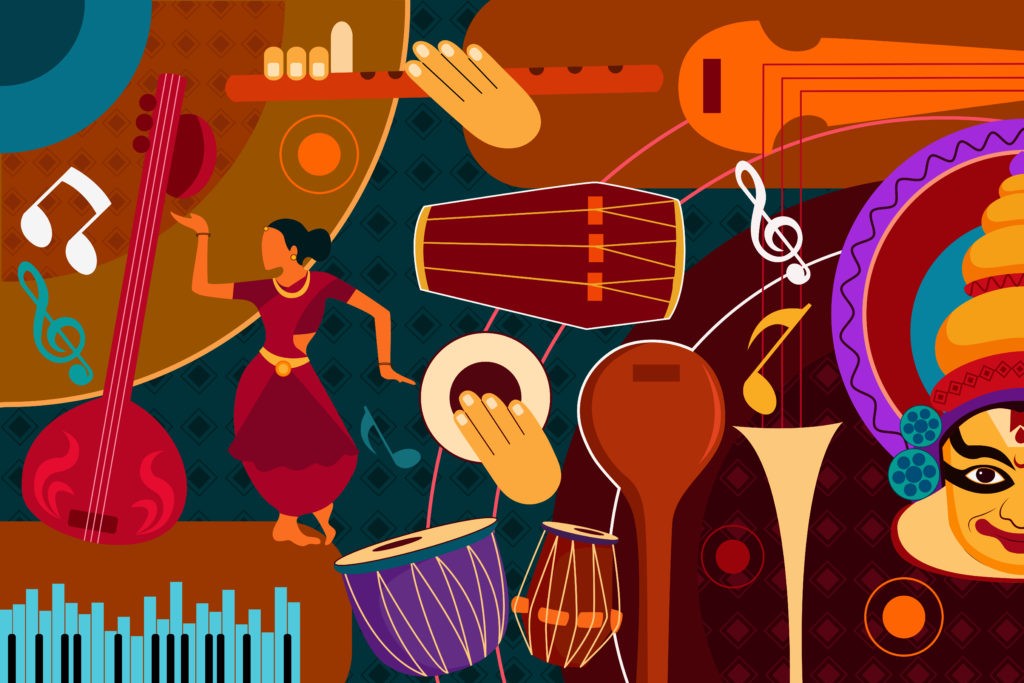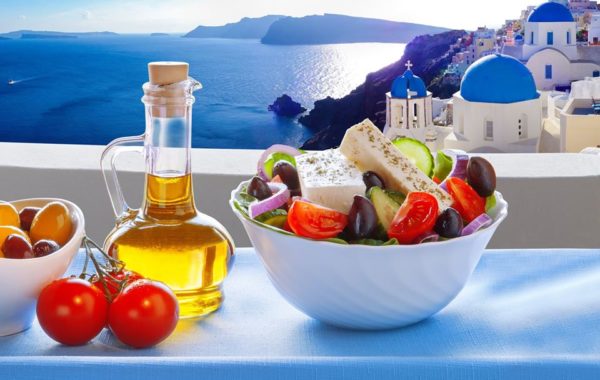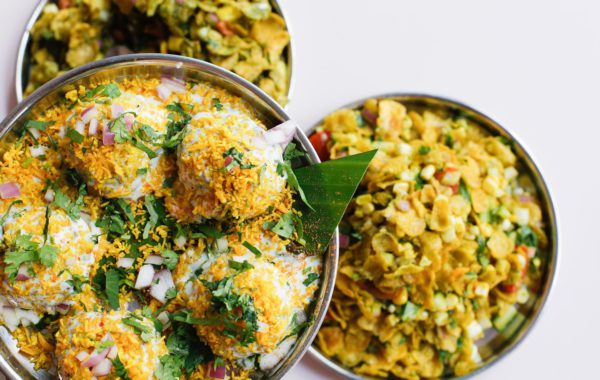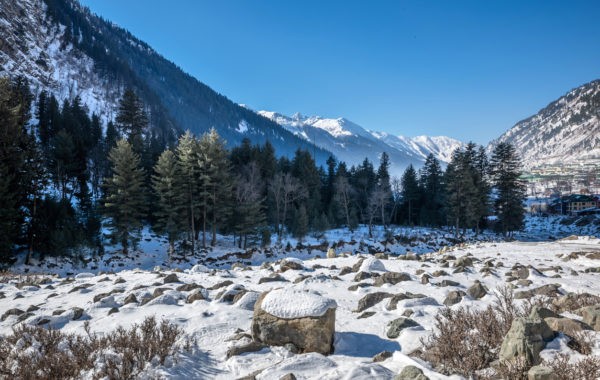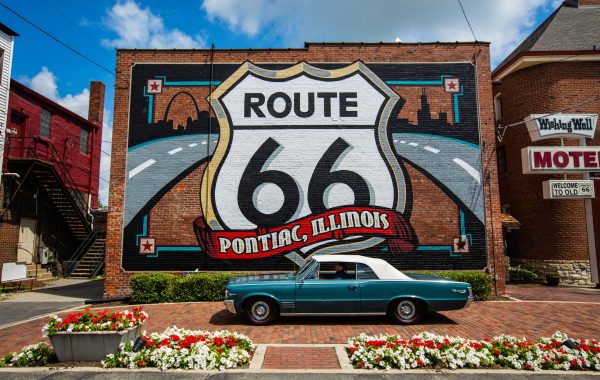From a cultural standpoint, it is easy to see India’s appeal as a travel destination. However Indian music is as diverse as its culture. India’s myriad cultures and languages have contributed significantly to India’s diverse musical landscape. Indigenous folk traditions have their own special timbre and rhythm with percussion instruments creating a distinct beat. Hindustani classical music originated in North India around 13th and 14th centuries. Hindustani music is based on the raga system – a melodic scale, comprising of notes from the basic seven- Sa, Re, Ga, Ma Pa, Dha and Ni and is primarily vocal-centric. The major vocal forms associated with Hindustani classical music are the khayal, Ghazal, dhrupad, dhammar, tarana and thumri. Carnatic music that owes its name to the Sanskrit term Karnâtaka Sangîtam which denotes “traditional” or “codified” music is composed of a system of Ragam (Raga) and Thalam (Tala), and represents the rich culture and traditions of the south Indian states of Tamil Nadu, Kerala, Andhra Pradesh and Karnataka. In Bengal, Rabindra Sangeet, which most frequently deals with transcendental love and spirituality, forms an integral part of almost every Bengali cultural festival and is seen as one of the most important aspects of Bengali cultural heritage. Composed by Nobel Laureate Rabindranath Tagore, these songs have also been used in several movies, both in Bengali and non-Bengali cinema.
These examples only begin to scratch the surface, though; there are many other folk traditions that are not so widely known or appreciated outside of their native regions yet they remain quite unique to India as a whole thanks to its vast cultural diversity.
Jaya Hey 2.0
To commemorate India’s 75th Independence Day, 75 singers and musicians from across the country came together to sing Jaya Hey 2.0, a musical tribute by the Ambuja Neotia Group. Sourendro Mullick and Soumyojit Das, better known as the Sourendro-Soumyojit duo, conceptualised, music composed and directed Jaya Hey 2.0, which is a rendition of the full five verses of Bharat Bhagya Vidhata aka Jana Gana Mana, written by Gurudev Rabindranath Tagore in 1911. The song had five stanzas. However, only the first stanza was adopted as our National Anthem in the 1950s. Not many are aware that before the song was adopted as India’s National Anthem, the song was translated into English as ‘Morning Song of India’ and given a tune on February 28, 1919 during Tagore’s brief stay at Madanapalle in Andhra Pradesh. Check out the lyrics of all five stanzas of Jana, Gana, Mana here.
Must Read: 75 Trip Ideas | The India Edition
75 artists who performed Jaya Hey 2.0
Amjad Ali Khan, Asha Bhosle, Hariharan, Kavita Krishnamurti, Shreya Ghoshal, P. Unnikrishnan, Bombay Jayashri, Papon, K S Chithra, Rewben Mashangva, Rashid Khan, Ajoy Chakrabarty, Hariprasad Chaurasia, L. Subramaniam, Ambi Subramaniam, V. Selvaganesh, Swaminathan Selvaganesh, Harshavardhan Neotia, Benny Dayal, Bela Shende, Teejan Bai, Kaushiki Chakraborty, Anup Jalota, Shubha Mudgal, Harshdeep Kaur, Salim Merchant, Parvathy Baul, Shankar Mahadevan, Sujatha Mohan, Shweta Mohan, Rakesh Chaurasia, Purbayan Chatterjee, Shaan, Kalpana Patowary, Amit Trivedi, Mahesh Kale, Kumar Sanu, Somlata Acharyya Chowdhury, Shantanu Moitra, Amrit Ramnath, Srinivas, Sadhana Sargam, Kailash Kher, Parveen Sultana, Mame Khan, Vishwa Mohan Bhatt, Sivamani, Vikku Vinayakram, Rhythm Shaw, Jayanthi Kumaresh, Alka Yagnik, Lou Majaw, Rekha Bhardwaj, Suresh Wadkar, Malini Awasthi, Rupam Islam, Tetseo Sisters, Mohit Chauhan, Aruna Sairam, Vishal Dadlani, Usha Uthup, Bindu Subramaniam, Omkar Dhumal, Amaan Ali Bangash, Ayaan Ali Bangash, Shilpa Rao, Anupam Roy, Pratibha Singh Baghel, Rahul Deshpande, Udit Narayan, Parthiv Gohil, Anwesshaa, Javed Ali, Mahalakshmi Iyer and Sourendro-Soumyojit.
Hope your next Indian holiday is about understanding the beauty of music in the country, taking you through cities that are known for musical geniuses, and cities that have given rise to certain genres of music as well.
For the latest travel news and updates, food and drink journeys, restaurant features, and more, like us on Facebook or follow us on Instagram. Read more on Travel and Food Network
Trending on TFN
Quintessential Srinagar And the Kashmir Valley | Travel and Food Guide
72 Hours in Kanyakumari | Travel and Food Guide


